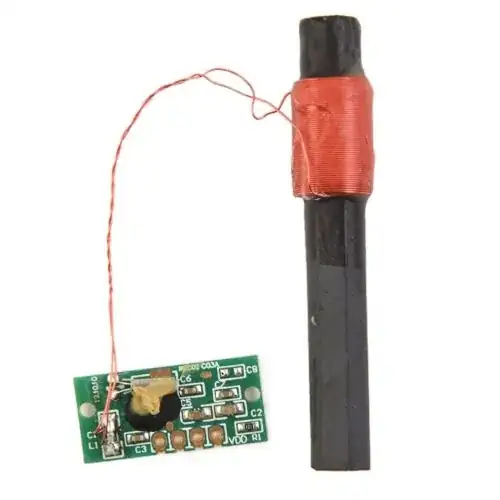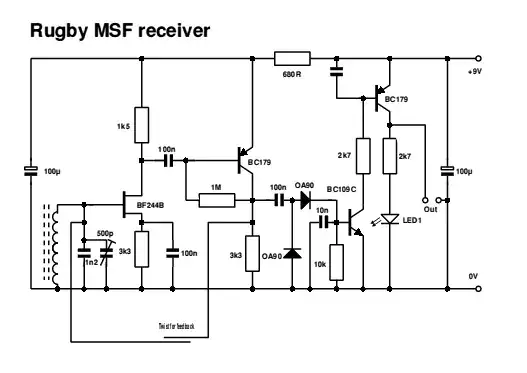but I don't have a shortwave receiver
60 kHz is really easy; just a ferrite rod antenna and tuning capacitor followed by an op-amp amplifier followed by a comparator. I built one back in about 1982 and the signal was big enough to see on an oscilloscope without amplification. I added a simple transistor amplifier that also envelope detected the amplitude modulated data and it could be seen on a chart recorder. Of course you don't need to go down the detection route.
But if you are not in a strong reception area you might struggle (and that's where you would add more sophistication to enhance the signal from the tuned ferrite rod). I'm thinking of a band-pass filter stage using a BJT and collector tank circuit then, feed to the op-amp.
You can even buy something from ebay that you can use: -

That gets you the all-important ferrite rod and, with a bit of luck might also get you the appropriate RF front end circuit that can feed your op-amp and comparator.
Here's a circuit of an MSF/NPL 60 kHz signal receiver that works in the UK: -

But, the important bit is that it uses 60 kHz. So, although you don't need to detect the data, it can be used to receive the carrier of any 60 kHz transmission.
There is also this interesting WWVB design and, I have included a schematic section showing the antenna amplifier: -

It happens to be phantom powered but, that's a trivial modification if you wanted to power it from a separate supply.


